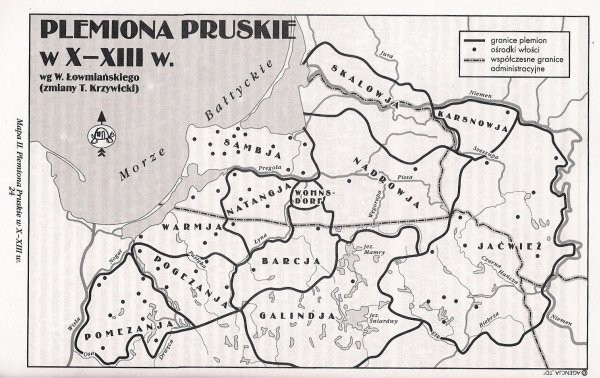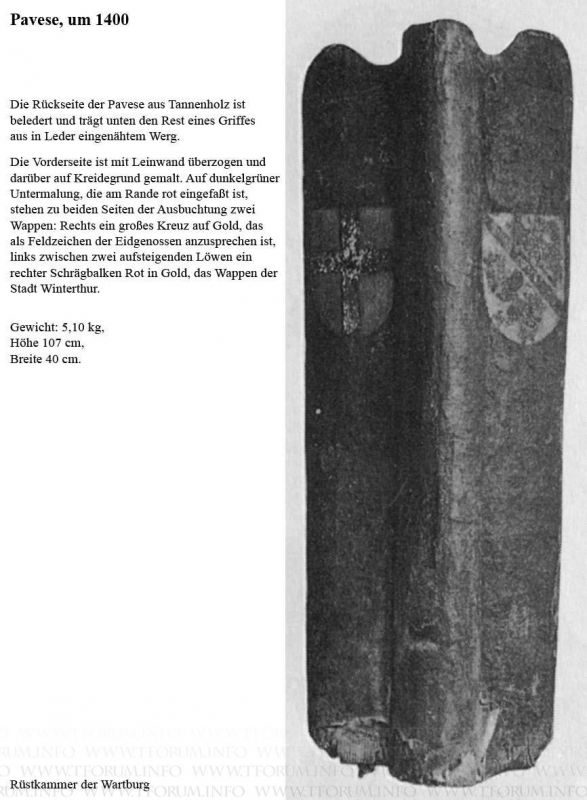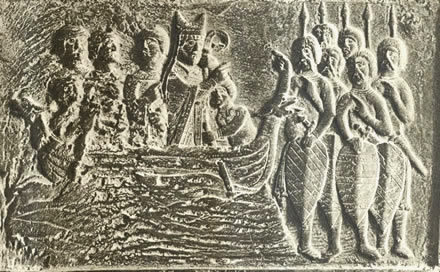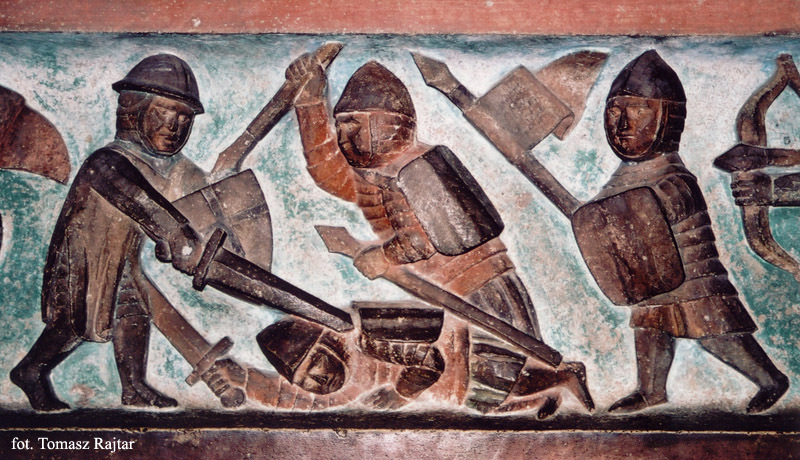Domen
Misico dux Vandalorum
I found an interesting dictionary of Prussian language (480 pages, PDF file):
http://donelaitis.vdu.lt/prussian/Engl.pdf
http://donelaitis.vdu.lt/prussian/Engl.pdf
Phrossack said:Which one do we choose?
Revived Old Prussian
A few experimental communities involved in reviving a reconstructed form of the language now exist in Lithuania, Russia, Poland, and other countries. About 200 people have learned the language and are attempting to use it in as many everyday activities as possible.[citation needed]
Important in this revival was Vytautas Mažiulis, who died on 11 April 2009, and his pupil Letas Palmaitis, leader of the experiment and author of the web site Prussian Reconstructions.[11] Two late contributors should be mentioned specially: Prāncis Arellis (Pranciškus Erelis), Lithuania, and Dailūns Russinis (Dailonis Rusiņš, Latvia. After them Twankstas Glabbis from Kaliningrad oblast and Nērtiks Pamedīns from Polish Warmia-Mazuria actively joined.

After all, there are numerous old writings and printed texts in Prussian, while not a single one in PIE.
So you deny the common origin of Indo-Europeans?
John Waterman said:We have no documents written in the parent language from which the various Indo-European idioms are presumed to have descended. Although historical linguists refer freely to this Indo-European parent language, it is in fact a "reconstructed" language, existing only as the product of the comparative method; its forms are labeled with an asterisk in order to inform the reader that they are reconstructed and not recorded - that is, that they do not actually occur. We refer to this "language" [note the quotations] as Proto-Indo-European, abbreviated to PIE or - if the reference is quite clear - simply to IE. This reconstructed Proto-Indo-European is of value to the extent that it is based upon documented forms of real languages and reflects the correspondences that obtain between these documented forms. The individual reconstruction - the "starred form"- has the status of a formula constructed for the purpose of summarizing sound changes in a group of related languages; it is not necessarily identical with a word that may once have existed.

No, I just actually understand how reconstructed languages work. Languages like PIE and PGmc are not meant to be spoken because they never existed in reality. They're merely approximations of grammar and vocabulary which have been postulated based on the comparative method. It's meant as a tool for comprehending and understanding how all other IE languages are related to one another both in syntax, morphology, and grammar, and for considering the principles of how languages change over time, but it is not, nor has it ever been intended as an actual language that anybody at any time ever spoke.














BTW - interesting question is why Prussians were assimilated and lost their language, while Latvians - also conquered by crusaders - were not.
At least in case of Latvian rural populations.






















Domen said:And of course they didn't get extinct, only their language did, when they switched to German, Polish or Lithuanian.
Well, but what you write does not suggest that "it was not an actual language".
It only suggests, that the modern reconstruction of this language is for sure not entirely accurate.]

Biological (genetic) research speak in favour of presence in the area of India of ancestors of modern Indians - also these from higher castes, with famous haplogroups R1a_and_further - already in pre-Indo-European period. The most reasonable conclusion from this fact must lead to a statement, that so called indoeuropeization was in fact a process of mostly cultural and social / ethnical (linguistic) transformation, rather than physical migration. This is a meaningful "novum" in researching the processes of ethnogenesis, achieved thanks to genetical researches.


Well, the most common theory says that the PIE language was originally spoken in a relatively small area, and only later expanded into entire Europe.
So yes, I think that it initially could be a relatively intelligible language to all groups of its speakers.
Introduction
After the occupation of West Prussia and the District of the Netze River by Prussia during the first partition of Poland in the year 1772, the Geheime Finanzrat Rembert Roden was ordered by Frederick the Great to prepare a land survey of these territories. The land survey should produce the necessary foundation for the introduction of the Prussian taxation system in the new territory. In the years 1772/73 three commissions with about 60 officials and 40 surveyors were occupied with this work. For each town a land register was established which could contain up to 91 items.
This was largely a head of household registration and not a poll tax or one that counted every person. Thus the listing of names is restricted to the head of household at the time of the registration. Most head of households were male although there are a few women listed. The most frequent enumeration of women comes as widow and thus lists the surname of the deceased husband. Unfortunately, many women are listed without a surname, this is also the case with male Jews, and to some extent people with Polish heritage. An important aspect of this land tax register is the listing of children. The number of children living in 1772 are numerically indicated, most of the time designated as over and under 12 years of age.
The land tax register of 1772 has been discussed by various German and Polish authors in Europe. A bibliographical list of these articles are given at the end of this introduction.
The history of the ownership and holding archives in itself is extremely interesting. The many volumes of the land tax register were moved from archive to archive over periods of time. Somehow most of it has survived two world wars. The 18th century copies of original volumes of West Prussia have found their way back to Geheimen State Archive in Berlin. However, the original volumes for the Netze River District have remained in Bromberg State Archive, today Bydgoszcz, Poland. This listing does not include the Netze counties because we have not received a letter of permission to post those records on the Internet.
In the 1920's the volumes for West Prussia, minus the Netze counties, was extracted and typed onto sheets of paper. These documents are today housed at the Herder Institut, Marburg, Germany. More than thirty years ago films were made of the Herder Institut material. One set of films was kept at the Marburg State Archive, one in another more remote place for safe keeping and a third was taken to Poland where it is available today at the Scientific Institute in Thorn/Torun, Poland. We are fortunate to have received a copy of the film from the Marburg State Archive. We thank them for this courtesy so that this information can be shared with Germans from Russia and other ethnic Germans as well as people of Polish heritage. It would appear that more than half of the surnames are Polish.
The material that was filmed contains only the surname and the numerical list of members of the household including hired servants, farm hands both male and female. In some cases these are missing. The material that was not filmed included number and types of animals, farm machinery, buildings, household holdings etc. For this type of sociological study one would need to go back to original documents in Berlin and Bromberg/Bygoszcz State Archives.
